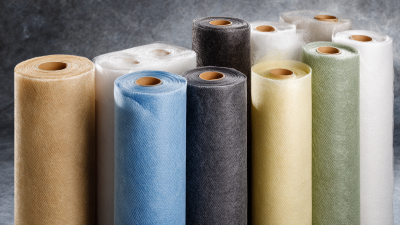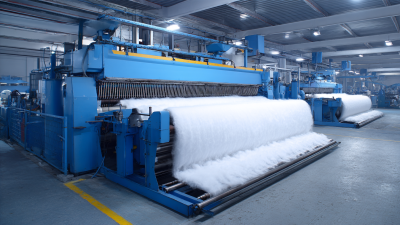
Leave Your Message
-
 CONTACT WhatsApp
CONTACT WhatsApp -

-

-
 CONTACT NUMBER
CONTACT NUMBER -
 CONTACT EMAIL
CONTACT EMAIL





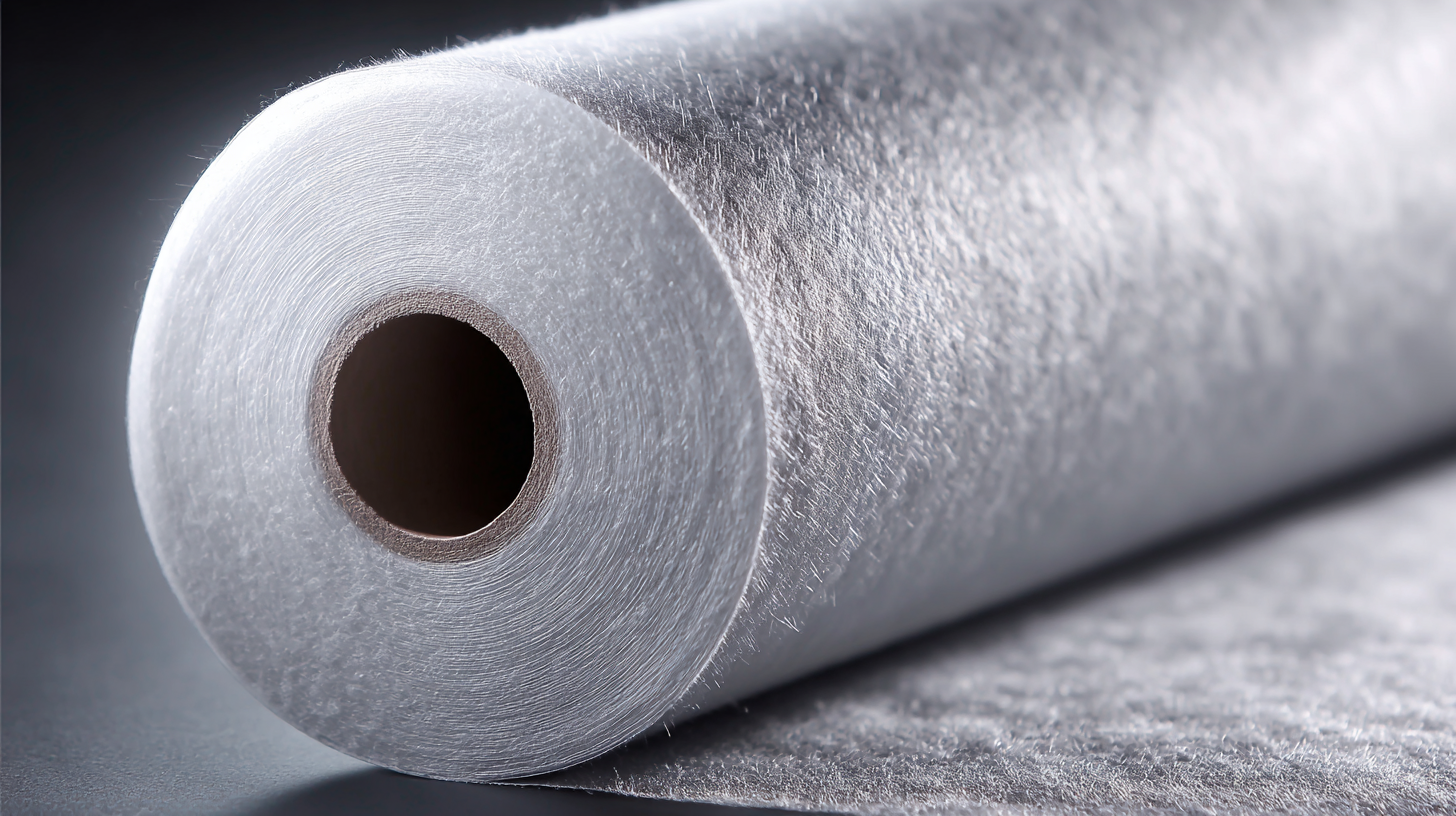 Creating durable products using advanced textile techniques has become increasingly essential in various industries. One such innovative method is "Nonwoven Fabric Needle Punched," which merges functionality with efficiency. This technique involves the entangling of fibers through the use of barbed needles, creating a robust, cohesive fabric that can withstand heavy use and environmental stress.
Creating durable products using advanced textile techniques has become increasingly essential in various industries. One such innovative method is "Nonwoven Fabric Needle Punched," which merges functionality with efficiency. This technique involves the entangling of fibers through the use of barbed needles, creating a robust, cohesive fabric that can withstand heavy use and environmental stress.
In this guide, we will explore the step-by-step process of designing and manufacturing durable products using nonwoven fabric needle punching. By understanding the materials, tools, and techniques involved, you will be equipped to produce high-quality, sustainable items that cater to the growing demand for resilient textiles.
Whether you’re a seasoned professional or a newcomer to the field, this article will provide valuable insights into the art and science of nonwoven fabric needle punched techniques, opening doors to innovative product possibilities.
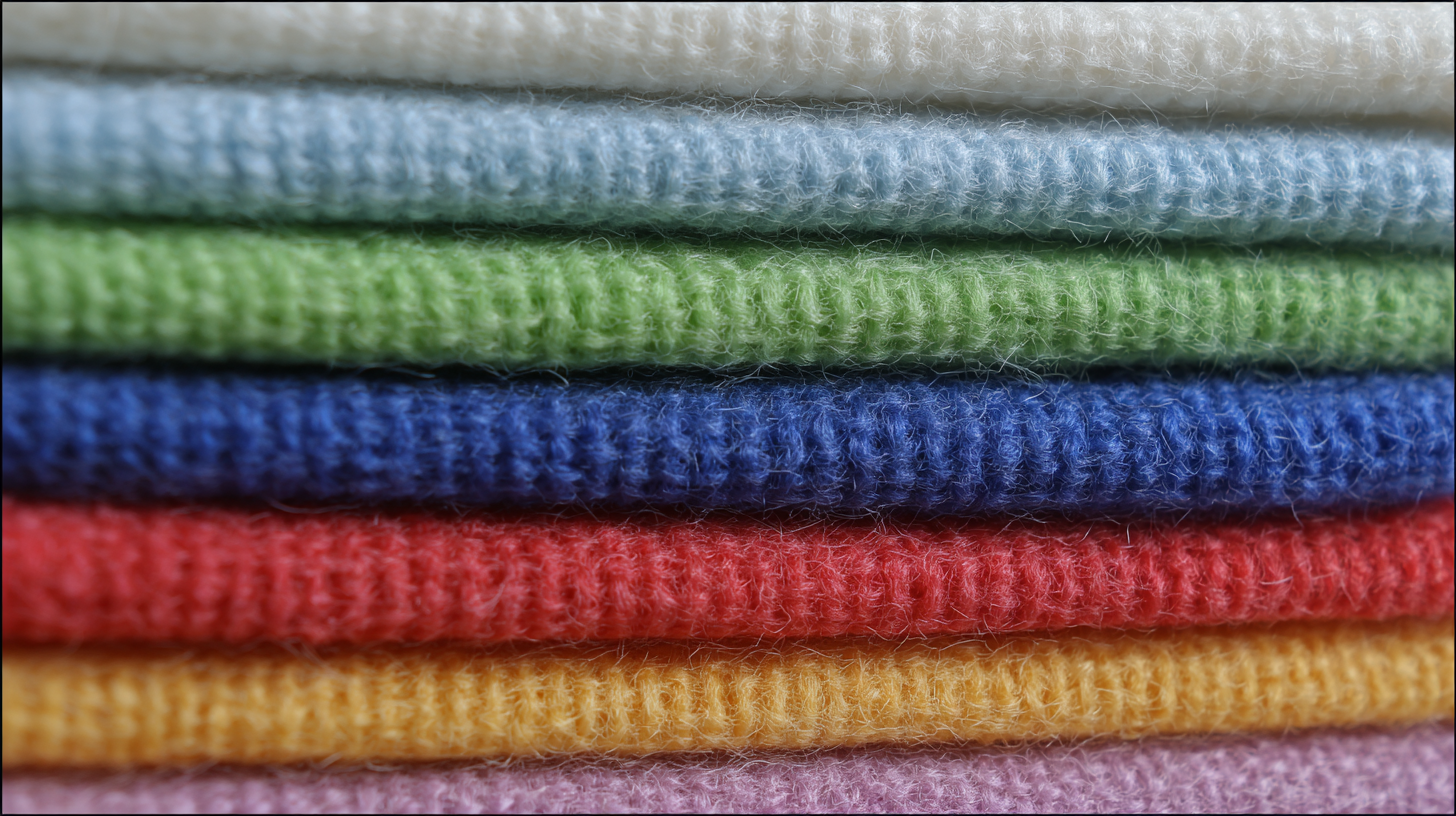 Nonwoven fabrics, particularly those produced through needle-punched techniques, offer unique properties that significantly enhance product durability. The needle-punching process interlocks fibers using barbed needles, creating a dense and resilient fabric structure. This interlocking not only increases the fabric's strength, but also allows for exceptional resistance to wear and tear, making it ideal for products that endure frequent use or exposure to harsh conditions.
Nonwoven fabrics, particularly those produced through needle-punched techniques, offer unique properties that significantly enhance product durability. The needle-punching process interlocks fibers using barbed needles, creating a dense and resilient fabric structure. This interlocking not only increases the fabric's strength, but also allows for exceptional resistance to wear and tear, making it ideal for products that endure frequent use or exposure to harsh conditions.
Understanding the properties of nonwoven fabrics is crucial for manufacturers aiming to design long-lasting products. Key characteristics such as moisture resistance, thermal insulation, and breathability contribute to the overall performance of the end products. For instance, moisture-resistant nonwoven fabrics prevent mold and mildew growth, promoting longevity in applications like outdoor gear and medical textiles. By leveraging these properties, manufacturers can ensure that their needle-punched nonwoven products consistently meet the demands of consumers seeking durability in their purchases.
The needle-punching technique plays a crucial role in enhancing the strength of nonwoven fabrics, making them suitable for a variety of applications, including furniture materials and automotive carpets. Recent advancements have demonstrated how mechanically-reinforced structures, such as 3D sponges made from silk nonwoven fabric, can offer exceptional durability while maintaining lightness. This is particularly beneficial in applications where strength and weight are critical.
When creating durable products with needle-punched nonwoven fabrics, consider these tips:
- **Material Selection**: Choose fibers that not only provide strength but also possess desirable acoustic and thermal properties. For example, integrating banana fibers can enhance acoustic insulation, serving dual purposes.
- **Optimize Techniques**: Utilize advanced machine learning methods to refine the needle arrangement and improve the fabric's bending rigidity. This leads to more resilient products and can significantly reduce manufacturing errors.
Moreover, the recycling of materials like denim waste into three-dimensional fiber composites showcases the potential of needle-punching to create sustainable solutions without compromising quality. These innovations underline the versatility and strength that needle-punching techniques can impart to nonwoven fabrics across various industries.
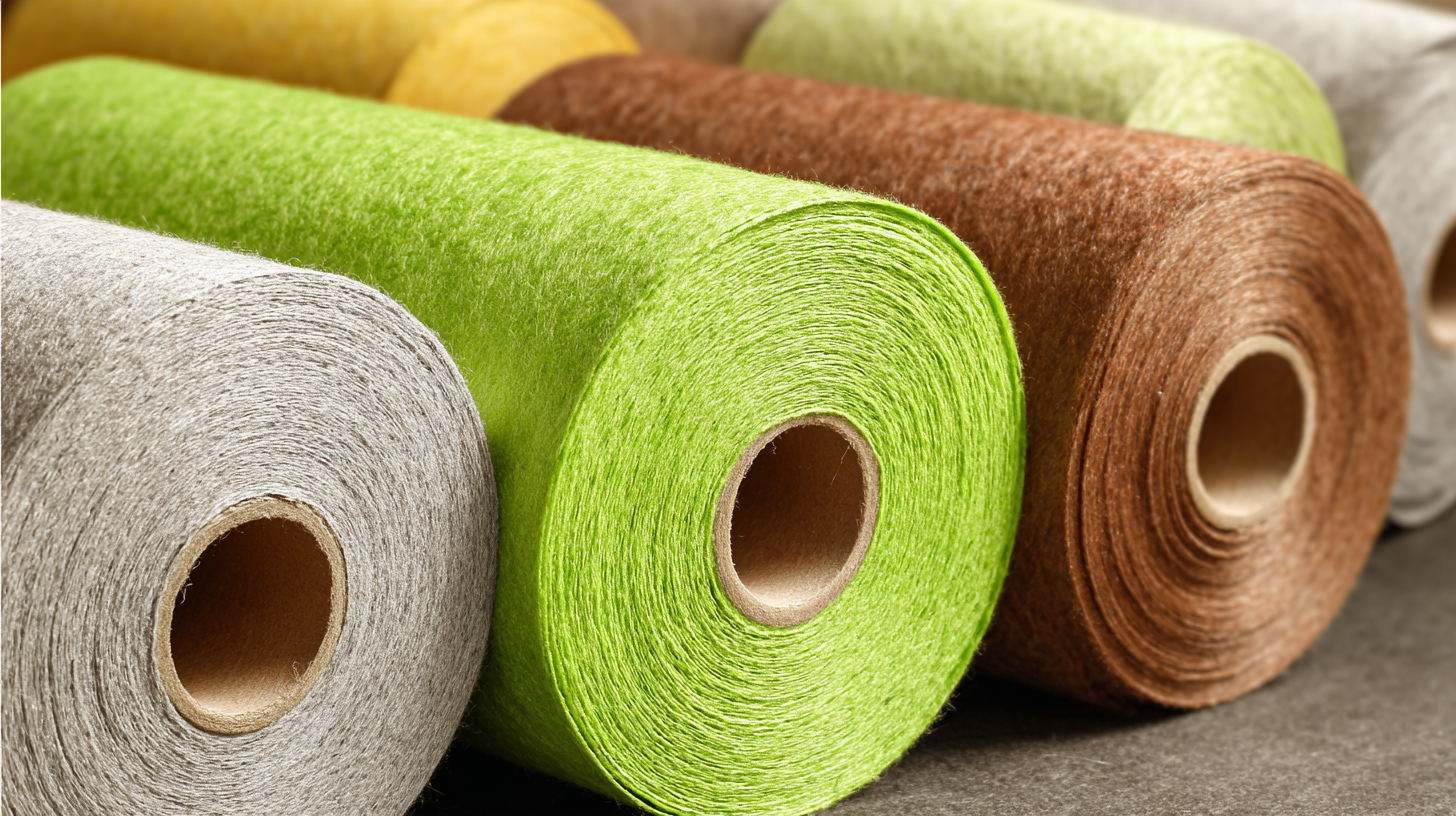
The production of nonwoven fabrics has gained attention for its versatility in creating durable products, but it is essential to assess the environmental impact associated with their production. The needle-punched technique, which involves mechanically entangling fibers, is lauded for its efficiency but raises several ecological concerns. The energy consumption during manufacturing and the sourcing of raw materials can contribute significantly to a fabric’s carbon footprint. Moreover, the potential for large-scale microfiber release into water systems during washing poses a threat to aquatic life, making it crucial to evaluate these aspects carefully.
Sustainability can be enhanced by focusing on eco-friendly raw materials, such as recycled fibers or bioplastics. Implementing closed-loop systems in manufacturing processes can also mitigate waste and reduce resource depletion. Additionally, industries producing nonwoven fabrics are increasingly exploring biodegradable alternatives that maintain durability while minimizing long-term environmental effects. By prioritizing responsible production techniques, the environmental impact of nonwoven fabric can be significantly decreased, supporting a more sustainable future for this innovative material.
The environmental and waste management sector plays a pivotal role in driving the geotextile market, with geotextiles being essential components in landfill operations for waste containment and environmental protection. According to recent market analysis, the demand for durable nonwoven products, specifically needle-punched geotextiles, is expected to rise significantly, owing to the increasing focus on sustainable waste management practices across various industries. As urbanization continues to surge, the need for effective waste containment solutions has never been higher, propelling growth in the geotextile segment.
In parallel, the spunbond nonwoven market is also witnessing substantial growth, projected to reach new heights by 2032. This growth is fueled by heightened consumer demand within the personal care and healthcare sectors, as they increasingly adopt advanced fabric technologies to meet evolving customer expectations. As technological advancements continue to influence the nonwoven fabric landscape, industries are leaning towards solutions that not only fulfill performance criteria but also promote sustainability and environmental responsibility. This trend indicates a bright future for the nonwoven market, where innovation and durability will remain at the forefront of product development.
| Industry | Product Type | Market Growth Rate (%) | Durability Rating (Years) | Key Material Used |
|---|---|---|---|---|
| Automotive | Interior Upholstery | 4.5 | 10 | Polyester |
| Construction | Geotextiles | 5.2 | 15 | Polypropylene |
| Medical | Surgical Gowns | 6.0 | 3 | Rayon |
| Home Textiles | Floor Mats | 3.8 | 5 | Nylon |
| Agriculture | Crop Covers | 4.1 | 5 | Polyethylene |
Quality control is essential in the manufacturing of nonwoven fabrics, especially when employing needle punching techniques. This process involves mechanically entangling fibers, which requires precise control over several variables to ensure the final product meets durability and performance standards. Implementing consistent monitoring techniques during production can help identify any deviations from specifications, which could lead to defects in the finished fabric. For instance, regular inspections of fiber quality and density during the needle punching phase can prevent flaws and enhance the overall integrity of the product.
Moreover, establishing standardized operating procedures for machinery and equipment maintenance is crucial. Routine checks on needle condition and machine calibration must be enforced to ensure consistency in fabric characteristics. Training personnel on quality control measures further strengthens the system by fostering a culture of vigilance and accountability among workers. By focusing on these quality control measures, manufacturers can significantly minimize waste and production costs while maximizing product durability and customer satisfaction.

